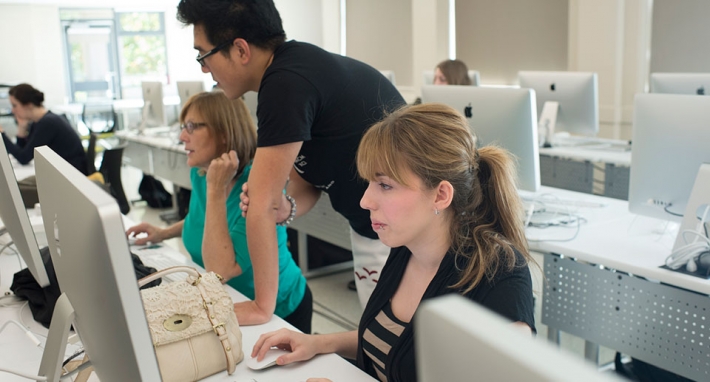This week in my exploration of ISTE Teaching Standards with my graduate program in Digital Education Leadership at Seattle Pacific University, I am examining ISTE Teaching Standard 5 in an effort to understand how teachers can…
“continuously improve their professional practice, model lifelong learning, and exhibit leadership in their school and professional community by promoting and demonstrating the effective use of digital tools and resources.”
Embedded in this standard is the indicator for teachers to…
“exhibit leadership by demonstrating a vision of technology infusion, participating in shared decision making and community building, and developing the leadership and technology skills of others.”
This standard immediately make me think about my previous post on ISTE Teaching Standard 3 in which I explored collegiality and collaboration among educators. Collaboration of any kind is an important global skill that takes advantage of unique perspectives and expertise, while also being an effective method of adult learning (Morel, 2014). It is one that we need to be fostering in our own students, so it is important that we develop and model this ability ourselves. EdSurge reported that “Teachers consistently say they learn best from their peers” (2014, p. 8). In my previous post on collaboration, I used the word informal at times to define a collaborative experience that is less about attending a training guided by a top-down approach and more about working with colleagues to experiment and offer reciprocal feedback. My professor, @RobinHenrickson, guided me to consider my use of the word informal, as it can connote practices without norms or protocols. I realized that my past year of effective collaboration that I shared in this post utilized norms, whether I knew it or not. My colleague and I followed an inquiry model for implementing new practices or technologies, we offered each other feedback and support, and we respected each other’s expertise. So, as I approach ISTE Teaching Standard 5, I am now wondering how leadership can play an important role in the effectiveness and sustainability of collaborative professional development. How can I expand upon the success I’ve had collaborating during this past school year and work to lead a model that engages and benefits more of my school community?
